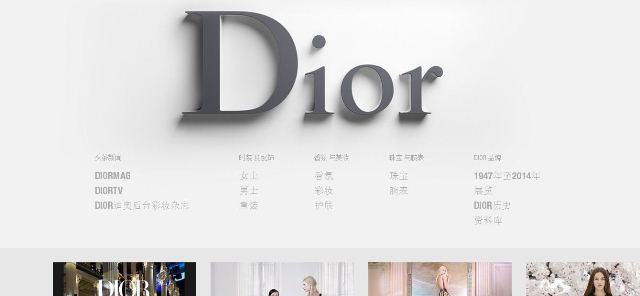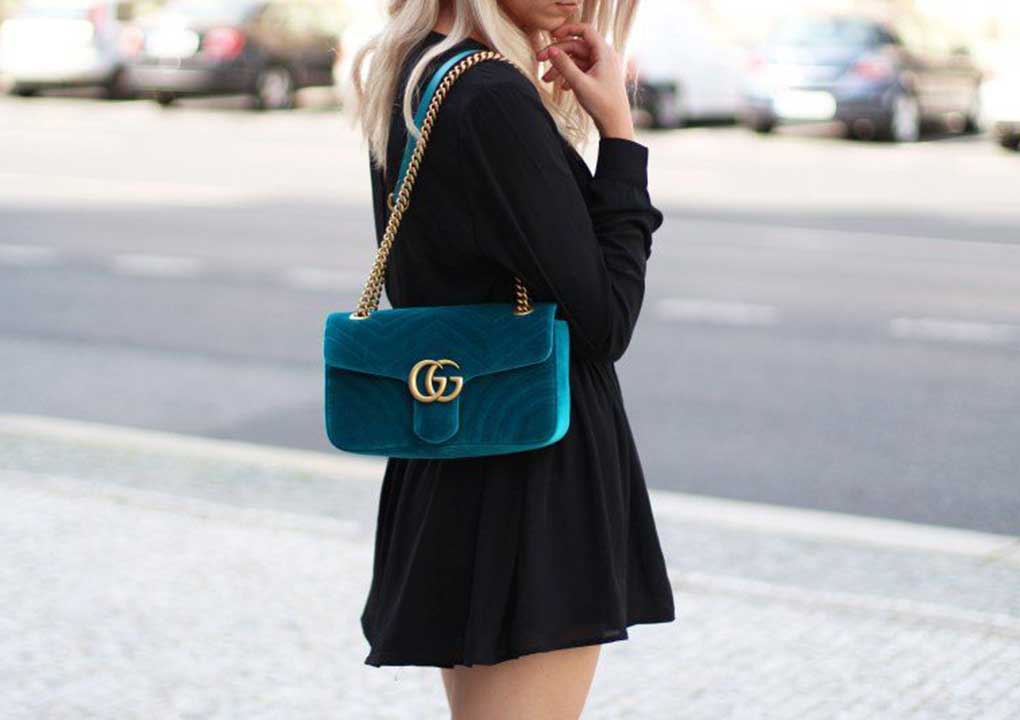Mainland China and Hong Kong are the main culprits of counterfeited products. Why? Because Chinese people value luxury goods more than any other country. By 2025, Chinese consumers should account for 50% of the luxury sales worldwide. In China, if you have a luxury piece, you affirm your social status. The « Mianzi 面子 », which is the way a person is seen in Chinese society, is based on influence, knowledge, and wealth.
What is the direct impact of a copy of your brand? We will dive you into the counterfeiting universe in China. You will understand why this grey market business has so much importance and how you can control it.
The Influence of Copy and Counterfeiting in China
Read as well: How to Trademark your brand in China?
Understand the Chinese Culture: Copy is Positive
This is one of the biggest differences you should acknowledge between China and the West. In China, it is not a negative behavior to copy. More than anywhere else in the world, a copy is a way of sharing with others.
The notion of creativity is complicated to understand for the Chinese. They always prefer to learn from others rather than develop their own creation. At school, Chinese kids learn to copy before innovating. How could you pretend you can do better if you do not even master the original technics? This learning model has been reinforced by Deng Xiaoping who encouraged in the 1980s the Chinese to “copy” the occidental technics to develop the economy faster… Well, it seems that it worked pretty well!

China knows its main strength is copying. You surely heard about Ricardo’s theory of comparative advantages. Each country should specialize in a certain domain or skill. Actually, China acknowledged its advantage could not be in the creation or development. The competition was too fierce and China did not want to cope with it. Instead, they decided to create their own value by becoming “the factory of the world“.
Why should you create a new process when something is already working well? Chinese culture is all about performance. They do not want to reinvent and revolution everything.
If you want to learn more about the Chinese history of counterfeiting
Key Figures on Counterfeiting in China
In China, counterfeiting accounts for 15% to 30% of industrial production. This is not a trend, it is a source of wealth. Almost 5 million Chinese are working on this grey market, which accounts for 8% of China’s GDP.
But, have you ever wondered why? If China represents worldwide the sad picture of counterfeiting leader, it is because it was above all named the factory of the world. For several years, Western countries produced in China to limit production costs – and they still are. So, China obtained both the luxury main consumer base and the luxury production know-how. This is why some counterfeited luxury products are complicated to recognize:

Have you ever thought about counterfeiting online? In China, almost 70% of luxury bags and jewelry purchased online are counterfeit. The digital universe should not be neglected. If your brand is entering or performing in China, you definitely need to implement a brand audit and control counterfeiting online. As you probably already know, the main sectors impacted by counterfeiting are fashion and cosmetics.
For a couple of years, the international community is concerned about counterfeiting in China. They put pressure on Beijing to implement a clear policy against copy. Why is it taking so much time? The notion of intellectual property in China is pretty new, especially because of the value given to copy.
The Untold Truths About Counterfeiting in China
#1 The True Consequences on Luxury Brand Desirability
A Chinese consumer who used to purchase a counterfeited product is not an enemy to your brand… This is where the question of fame booster versus image destroyer lies. Of course, you do not want to have counterfeited products. But having your brand counterfeited means you exist on the Chinese market. You increase your visibility and your desirability.
Do you remember the Mianzi? Chinese are afraid to lose face in society. They do not want to be caught with fake Dior bags or fake Cartier ring. This is why they often use the “black chameleon” strategy. Have you ever heard of it? The black chameleon strategy is implemented by mixing authentic luxury pieces with counterfeiting products simultaneously to avoid the risk of being discovered.

In a word, if you are brand is counterfeited it means you acquired importance. It will boost your image as a coveted luxury brand only if you manage to control the counterfeited products online and gather a community around your brand.
#2 The Real Impact of Chinese Counterfeiting on Sales
When you hear things about counterfeiting it is always about how harmful it is for your brand. Of course, counterfeiting is stealing revenue from your brand. But how much?
In a recent study, the loss of revenue was presented to be the most important in fashion, shoes, and accessories. For instance, the accessories sales loss reaches almost 30 million euros, which is a total of 9% of the accessories sales sector. No matter the category, luxury stolen sales are about 10%. Obviously, the impact on revenues will not be the same from one brand to another. A Dior bag will be more copied than a niche brand belt for example.
Do you know another untold truth? You can actually avoid counterfeiting online by relying on a local agency. Take care of your digital branding and your e-commerce strategy to protect your brand.
How to Protect your Brand from Counterfeiting in China?
Branding: Boost your Community Trust

In China, you cannot succeed without good branding. Especially since the Covid-19 crisis, the Chinese are spending more time online. They spend about 6 hours per day on their phone. And 75% of them go online to find information on brands and products. While they purchase online, they may buy a counterfeited product. So then, what is YOUR branding like in China?
In order, to enable Chinese netizens to purchase your authentic products, you need to build an online presence. First, you should start with a Chinese website. Your official website must follow an aesthetic design and be written in correct Chinese. If you want to boost your desirability in China, you need to target local shoppers. Chinese used to travel a lot and spend money on luxury pieces during their travels. From now on, Chinese shoppers should spend 50% of their luxury purchases in China by 2025.
Because of this evolution, you will have to adapt to Chinese consumers… in China. Then, forget about retail and everything you have learned in your home countries. In China, people are looking for a totally different experience. They are digital lovers who want to communicate with the brand online and live powerful phygital experiences offline.
You need to avoid counterfeiting by improving your SEO and SEA. In China, the most popular search engine is Baidu. You need to improve your SEO ranking to appear on the first page. Then, you can reinforce your online reputation with Zhihu, which is a Q&A forum. You can create conversations about your products, and especially on “how to recognize your authentic brand’s products?“. You will increase your brand awareness and consumer loyalty. How could they purchase a counterfeited product online if they may be rejected by your brand or lose their face in public?
E-Commerce: Encourage Authentication

In China, e-commerce accounts for 25% of consumption. Obviously, Chinese shoppers can purchase your products on your official website but they will often look for alternative platforms.
One of your solutions could be to rely on a CBEC platform. The most influential cross-border e-commerce platforms for luxury are Tmall, JD.com, Kaola, and Xiahongshu. This is a great business opportunity to sell your premium pieces in China without having a selling license or logistics solution. You can have a fast delivery which will improve the consumer experience. But more than anything, you will benefit from authentication.
Since 2019, Beijing is implementing new laws to force e-commerce giants like Alibaba to remove counterfeited and doubtful products from their website. So, the more you implement an e-commerce website strategy, the more you will improve product authentication. The copy has certainly propelled your luxury brand image, but now you can control it online.
How can you control your online image in China?

With more than 8 years of successful experience, we are capable to promote and control your brand reputation in Chinese society. Our Chinese and International digital marketing team can work out a cost-efficient strategy to boost your brand image and desirability in China.
Feel free to contact us if you want to develop a market for your product or service in China.

